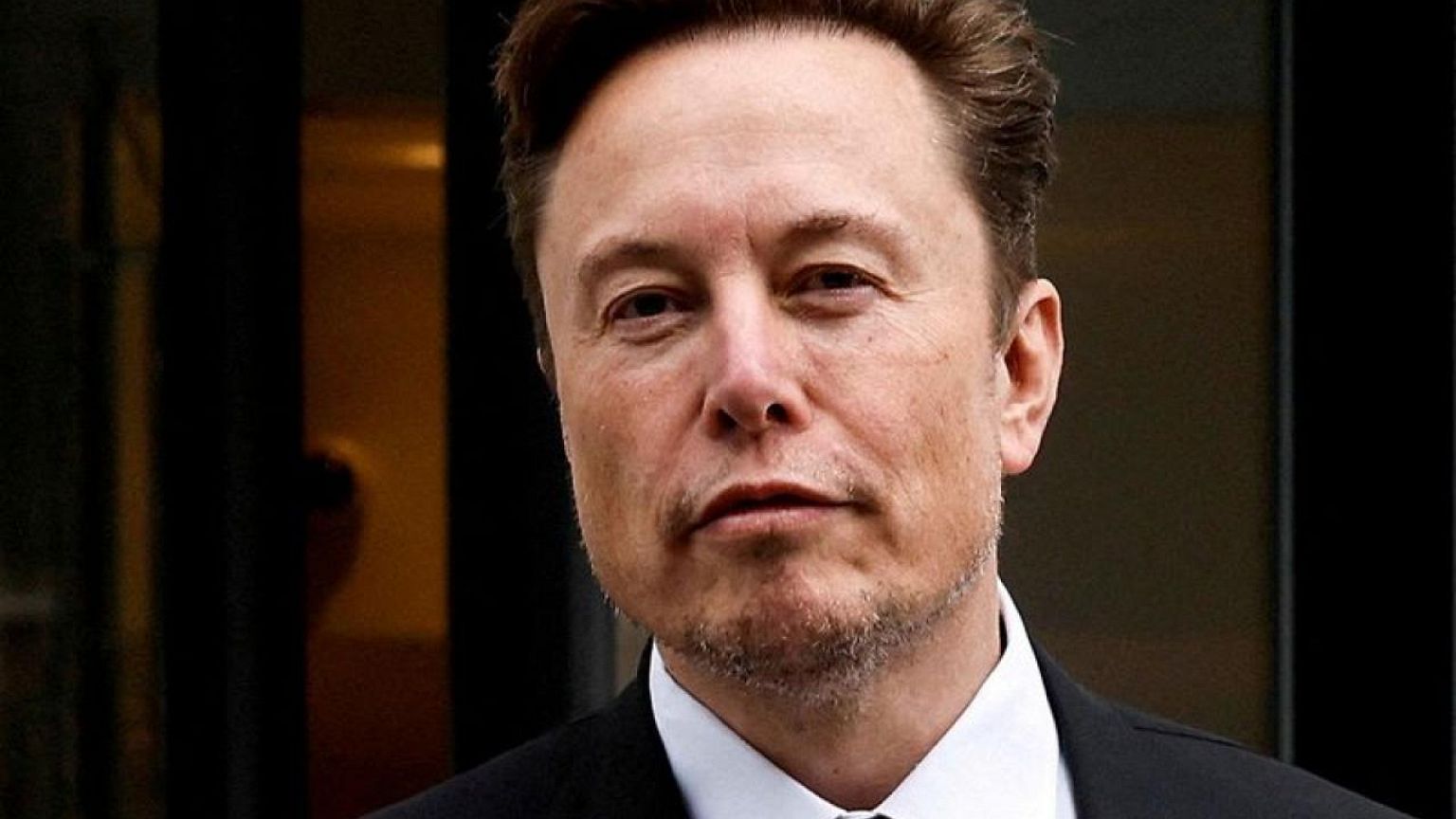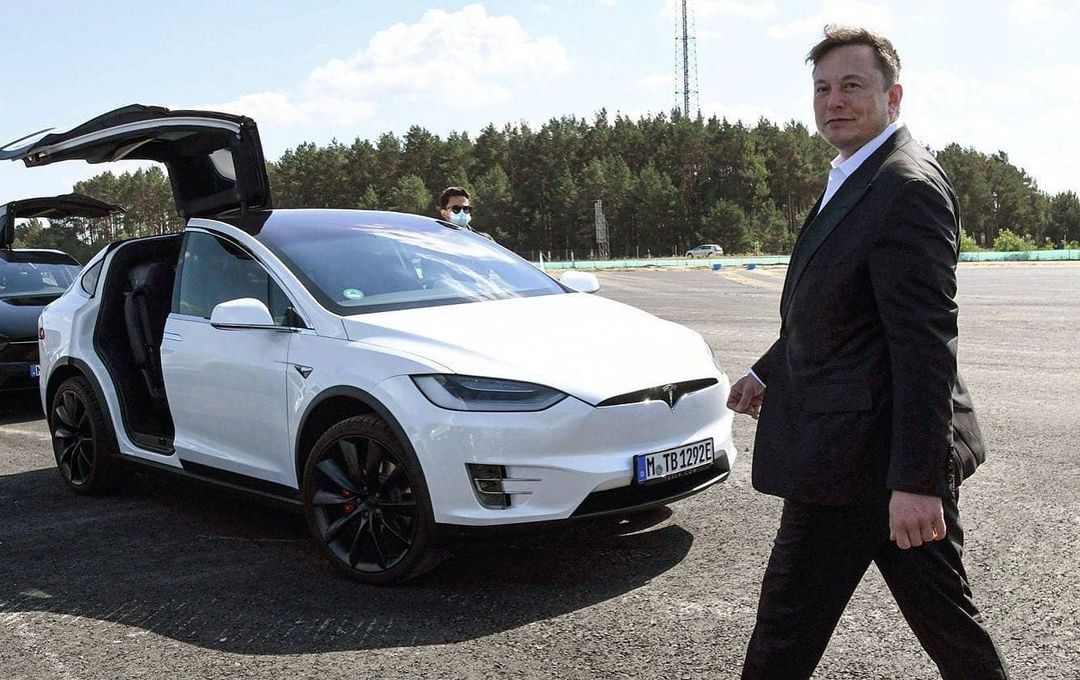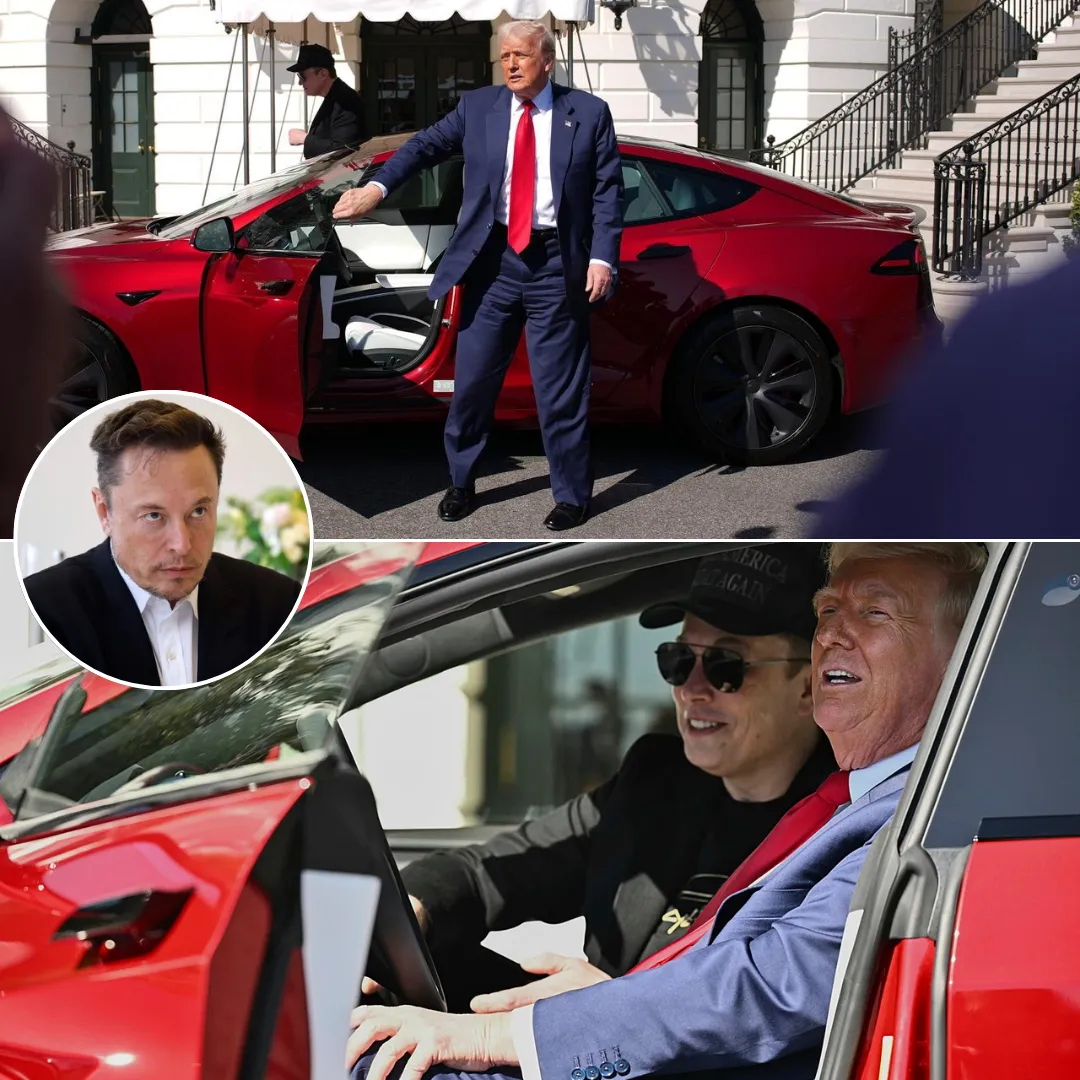
Elon Musk, once hailed as the untouchable visionary behind some of the most transformative technology companies of the 21st century, is now confronting one of the greatest challenges of his career: a devastating “brain drain” at Tesla. After stepping away from his advisory role in President Donald Trump’s administration to concentrate on what’s arguably his most iconic venture—Tesla—the electric vehicle juggernaut is facing internal disintegration at an alarming scale.
And this time, the problem may not be technological. It’s human.
According to a report in The Atlantic by former Jalopnik editor-in-chief Patrick George, Tesla is hemorrhaging top talent at an unprecedented rate. Roughly one-third of the executives who stood beside Musk on stage at company events just two years ago are now gone—either having resigned or been pushed out.

This includes heads of software engineering, battery technology, and humanoid robotics, all critical departments to the company’s future ambitions. Worse still, mass layoffs and internal dissatisfaction have triggered an exodus of tens of thousands of rank-and-file employees throughout the past year.
With each departure, Tesla's once formidable foundation grows shakier.
This unraveling of Tesla’s corporate structure is happening in tandem with a broader existential crisis for the company. Consumer boycotts have mounted, fueled not only by discontent with stagnant innovation in Tesla’s newer models but also by Musk’s increasingly polarizing public persona.
His close affiliation with the embattled Trump administration, particularly through his controversial Department of Government Efficiency (DOGE), has alienated both liberal and conservative customers alike. Tesla was once a status symbol of clean energy and cutting-edge innovation. Now, for some, it is perceived as a political emblem of division and chaos.
Investor confidence, once unshakable, is now beginning to falter. Tesla’s stock has plummeted, eroding billions in market value and jeopardizing Musk’s personal net worth, which remains deeply tied to the company.

While Musk’s wealth might still rank among the highest in the world, The Atlantic’s George argues that what’s truly at risk is not money but the near-religious faith that investors and supporters have long placed in Musk’s leadership. It’s a faith that powered the rise of Tesla through seemingly impossible odds, including early manufacturing nightmares, SEC investigations, and repeated threats of bankruptcy.
But faith is a finite currency—and it may now be approaching its limit.
Adding to the pressure is Musk’s renewed obsession with artificial intelligence and automation. In his recent speeches and posts, Musk has indicated that AI could soon play a more dominant role in how Tesla operates—from vehicle software to internal management systems.
While visionary in theory, this declaration has only accelerated the leadership exodus. It seems many high-level executives are unwilling to entrust their futures to a company where algorithms might soon replace human intuition and experience.
The leadership void is particularly dangerous considering Tesla’s ambitious projects in development. The long-promised Cybertruck has faced continuous delays, and the company’s once-revolutionary Model S and Model 3 platforms are aging without significant innovation.

Meanwhile, competitors like BYD, Rivian, Lucid, and legacy automakers such as Ford and Volkswagen are aggressively ramping up their EV offerings, often with superior battery efficiency, design upgrades, and pricing strategies. Tesla, the once-unchallenged leader, is now losing ground.
There is also internal chaos regarding Tesla’s robotics division, which was once poised to become the company’s next crown jewel. The abrupt departure of the head of humanoid robotics has cast a shadow over the long-touted Optimus project—Musk’s dream of developing autonomous robots that can assist with factory labor and even domestic tasks.
The timeline for the robots’ commercial viability is now in limbo, with engineers either leaving or uncertain about the strategic direction. For a company once synonymous with optimism and moonshot ideas, Tesla’s internal climate has become one of confusion, instability, and fear.
Musk’s own leadership style may be contributing to the disintegration. While he has always been a demanding and detail-obsessed CEO, recent reports suggest his management approach has become increasingly erratic.

Employees and former executives have cited abrupt pivots in strategy, public outbursts on social media, and unpredictable shifts in focus—sometimes from self-driving technology to Mars colonization to cryptocurrency—all of which have made it difficult to maintain consistent progress within Tesla. His leadership through DOGE has also consumed time and focus, suggesting that Tesla may no longer be Musk’s priority, even if his personal fortune depends on it.
For years, Musk has been able to rally teams and investors around a shared vision—one that fused science fiction with entrepreneurial daring. That spell now appears to be breaking.
As George notes, the collapse in confidence among his own workforce may eventually mirror a collapse among investors. “At some point, even they might start to vanish,” he warns. And if that happens, the implications for Tesla are dire.
Tesla is not just an electric car manufacturer. It is a symbol, a belief system, a cult of progress that captured the world’s imagination.

But the departure of the minds behind the machines suggests that belief alone is no longer enough. Innovation doesn’t sustain itself; it requires architects, engineers, managers, and visionaries working in harmony. Tesla’s brain drain signals that such harmony has fractured.
Whether Musk can turn the tide remains to be seen. He has overcome adversity before and emerged stronger. But this time, the challenge is different. It’s not about battling regulators, ramping up production, or launching a new product.
It’s about rebuilding trust—in the brand, in the leadership, and in the man himself. Without that trust, Tesla’s greatest innovation may have already happened in the past.
For now, the clock is ticking. Tesla remains under siege from competitors, customers, markets, and now its own workforce. Musk’s legacy, so intertwined with the brand he built, faces its most serious reckoning.
What began as a technological revolution now teeters on the edge of organizational collapse. And unless the bleeding stops soon, the Tesla dream could begin to fade into the rearview mirror of history.



